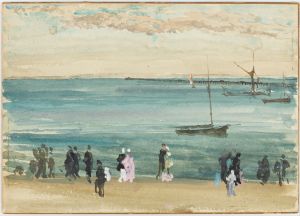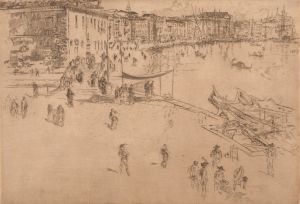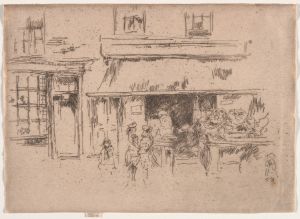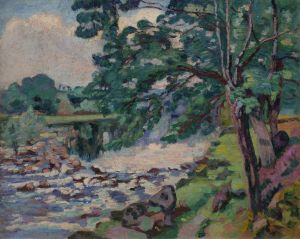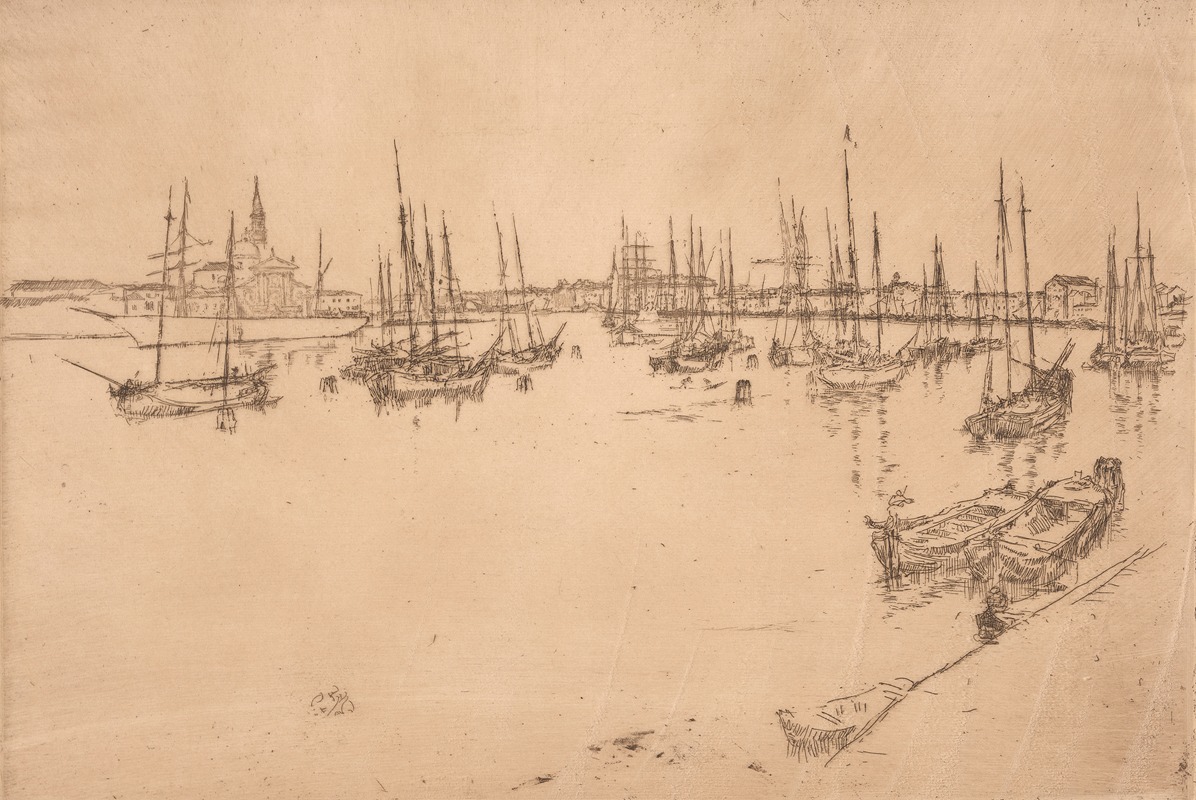
San Giorgio
A hand-painted replica of James Abbott McNeill Whistler’s masterpiece San Giorgio, meticulously crafted by professional artists to capture the true essence of the original. Each piece is created with museum-quality canvas and rare mineral pigments, carefully painted by experienced artists with delicate brushstrokes and rich, layered colors to perfectly recreate the texture of the original artwork. Unlike machine-printed reproductions, this hand-painted version brings the painting to life, infused with the artist’s emotions and skill in every stroke. Whether for personal collection or home decoration, it instantly elevates the artistic atmosphere of any space.
James Abbott McNeill Whistler was an American artist known for his paintings, etchings, and lithographs. He was a leading figure in the Aesthetic Movement, which emphasized art for art's sake and focused on the beauty of the visual and sensual qualities of art. One of his works, "San Giorgio," is a notable example of his artistic style and technique.
"San Giorgio" is an etching created by Whistler in 1879-1880 during his time in Venice. Whistler was invited to Venice by the Fine Art Society of London to produce a series of etchings and pastels. This period was significant for Whistler as it marked a time of artistic renewal and exploration following his infamous libel case with art critic John Ruskin. The Venice etchings are celebrated for their atmospheric quality and delicate line work, capturing the essence and mood of the city.
The etching "San Giorgio" depicts the island of San Giorgio Maggiore, located in the Venetian Lagoon. The island is famous for its church, designed by the renowned architect Andrea Palladio. Whistler's depiction focuses on the interplay of light and shadow, a hallmark of his work. The composition is characterized by its subtle gradations of tone and the use of negative space to suggest the shimmering water and the ethereal quality of the Venetian atmosphere.
Whistler's technique in "San Giorgio" involves the use of fine lines and cross-hatching to create depth and texture. His approach to etching was innovative, as he often left large areas of the plate untouched, allowing the paper to become an integral part of the composition. This method contributed to the overall luminosity and sense of space in the work.
The Venice etchings, including "San Giorgio," were well-received and played a crucial role in re-establishing Whistler's reputation as an artist. They demonstrated his mastery of the etching medium and his ability to capture the unique character of Venice. The works from this series are considered some of his finest achievements and are held in high regard by collectors and art historians.
Whistler's time in Venice not only resulted in a significant body of work but also influenced his later paintings and prints. The emphasis on mood, atmosphere, and the subtle interplay of light and shadow seen in "San Giorgio" can be traced throughout his subsequent artistic endeavors.
Today, "San Giorgio" and other etchings from Whistler's Venice series are housed in various prestigious collections, including the British Museum and the Art Institute of Chicago. These works continue to be studied and admired for their technical brilliance and their ability to convey the enchanting spirit of Venice.







